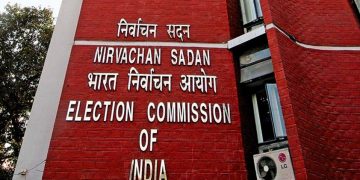Post News Network

Bhubaneswar, Jan 22: Noted wildlife activists have raised suspicion over the ministry of environment, forest and climate change’s recent report on tiger census, according to which Orissa’s tiger count has plummeted to 28 from 32 in 2010.
The Wildlife Institute of India (WII) had concentrated on the 2,750 sq km Similipal tiger reserve (STR) and largely ignored the Satkosia and Sunabeda reserves in the state, the experts claimed.
The state forest and environment department has shot off a letter to the Centre pointing out that the report has been released in ‘haste’ though the census exercise is still being carried out in some of the core areas of Similipal and Satkosia.
The activists have also pointed out flaws in the camera trap (CT) method and said that the scientific methods have not been taken seriously by those involved in the census. Only a handful of cameras were installed in the STR and thus the CT method was not as successful as the pugmark impression (PI) method.
Only 94 cameras were installed in Similipal against the minimum requirement of at least 800-900 cameras and this indicates that many of the tigers could not be spotted because of fewer cameras.
“The camera trap method does not cover the entire tiger reserve. Before the 2006 tiger census, more than 4,000 pugmark impression pads (PIPs) were found in the Similipal alone, which was largely accurate,” wildlife expert and member of state wildlife conservation board member Lala AK Singh said.
The number of tiger reserves has gone up from four to around 40 in the last four decades. Similipal reserve accounts for 50 per cent of the total tiger population of the state where pugmark impression method should be used as it helps to identify male, female and cub, he said.
“The government should recruit more manpower to carry out tiger estimation based on either pugmark impression or the CT method,” he suggested.






































